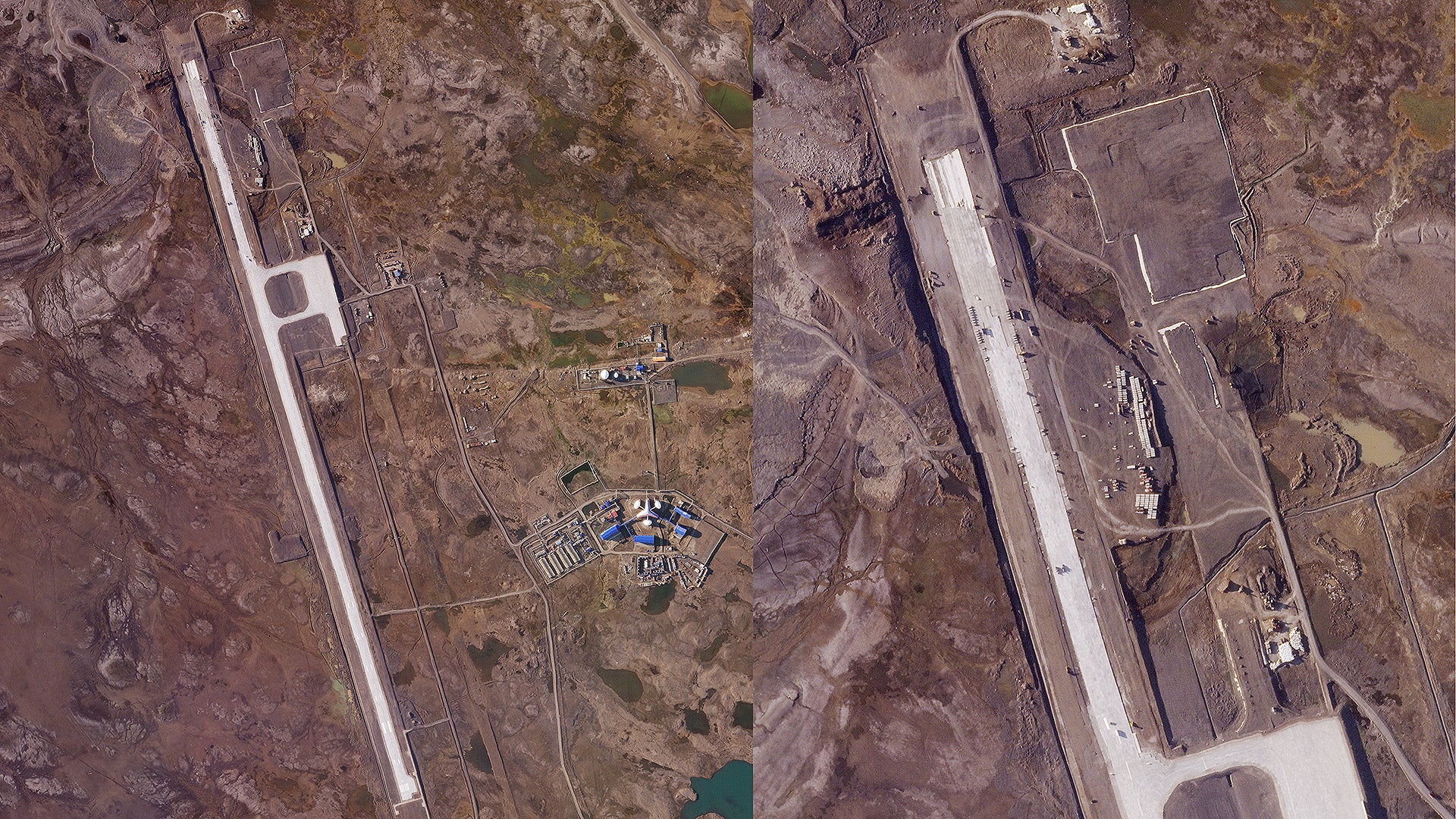Recent satellite imagery that The War Zone has obtained shows that the Russian military is significantly lengthening the runway at Nagurskoye Air Base, its remote northernmost military outpost, situated in the increasingly strategic Arctic region. The facility, which the Kremlin announced is now operating year-round in April, looks to soon be more than capable of supporting regular deployments of heavy airpower assets and even forward-basing contingents of tactical combat aircraft, such as the MiG-31 Foxhound interceptor.
The image of the base as of Aug. 13, 2020, which The War Zone obtained from Planet Labs, shows that the airstrip, which work is complete, will be a whopping 11,500 feet long, or more than two miles end-to-end, up from its previous length of around 8,200 feet. This expansion would make it capable of supporting any aircraft in the Russian military’s inventory with ease.
Other previous images from Planet Labs that we reviewed show that this construction is very recent, with work on the extension still visibly taking place. Beyond the lengthening of the runway itself, it looks like new ramp and support areas have been graded and will soon receive a similar surface treatment. The entire air base sits adjacent to a larger facility known as the Arctkicheski Trilistnik, or Arctic Trefoil or Arctic Shamrock, a name it takes from the distinctive three-sided main building.
The top photo is August 13th, 2020. The one immediately below it is from September 15th, 2019:

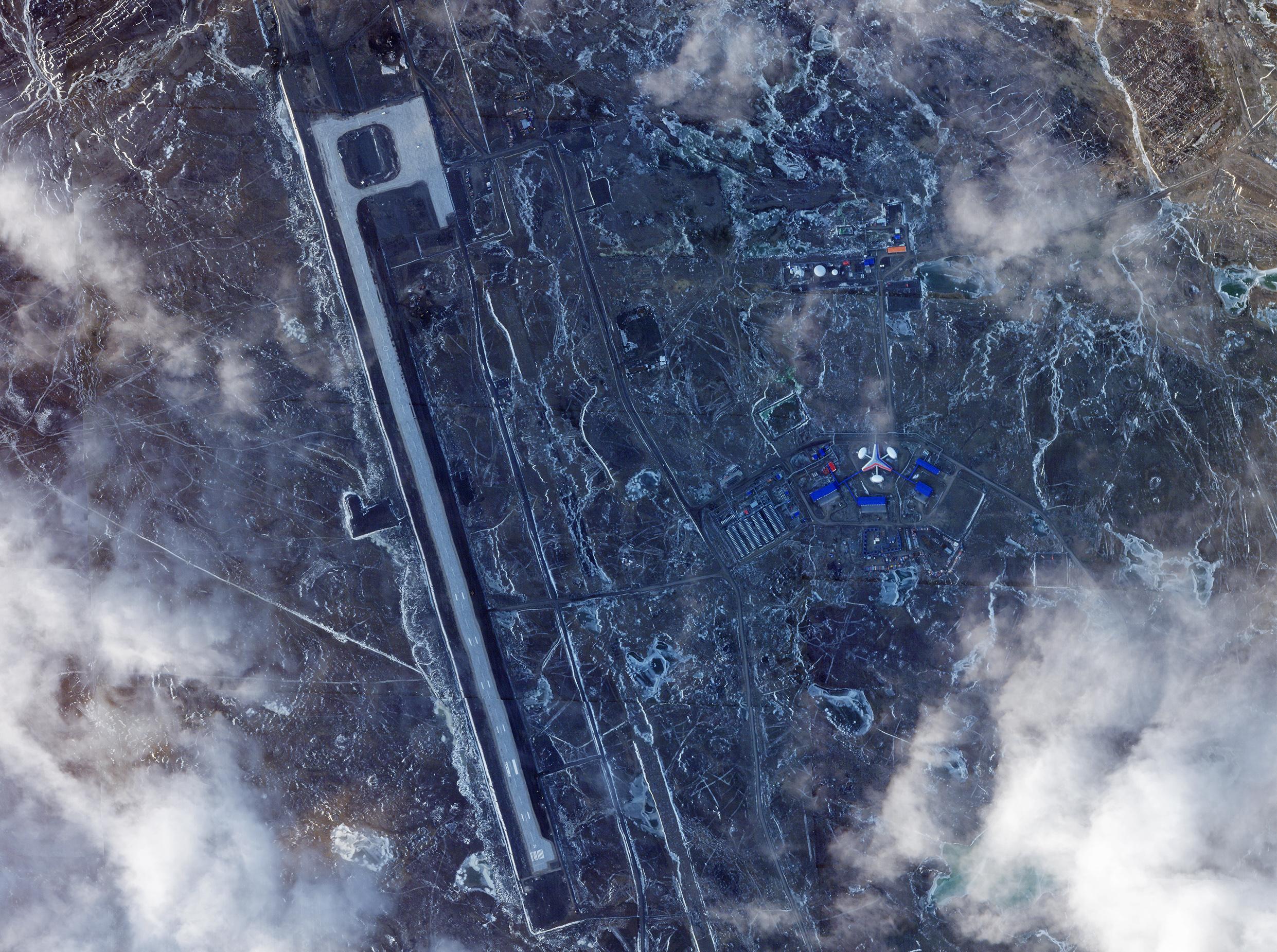
Here are some detailed crops from the recent image:
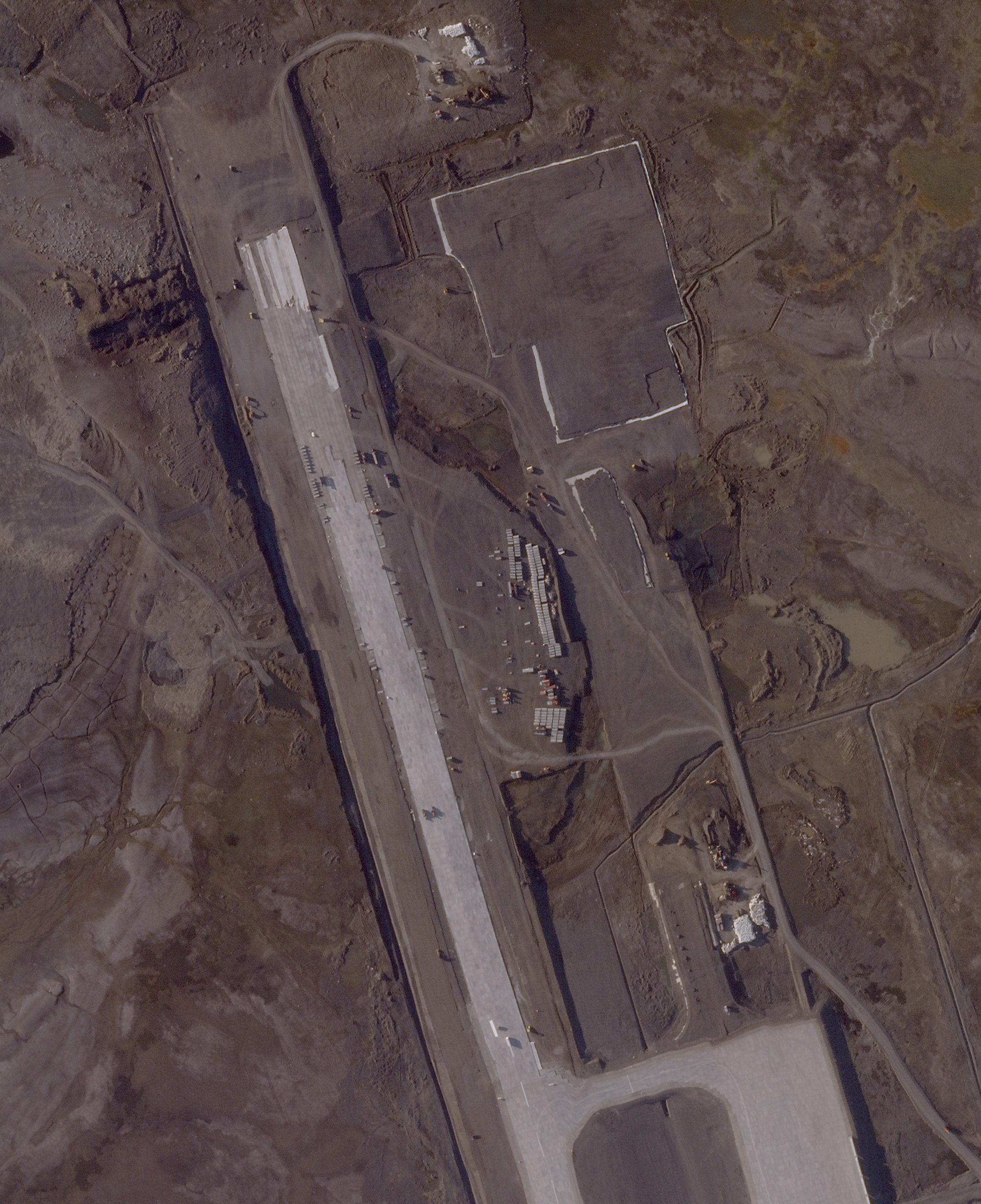
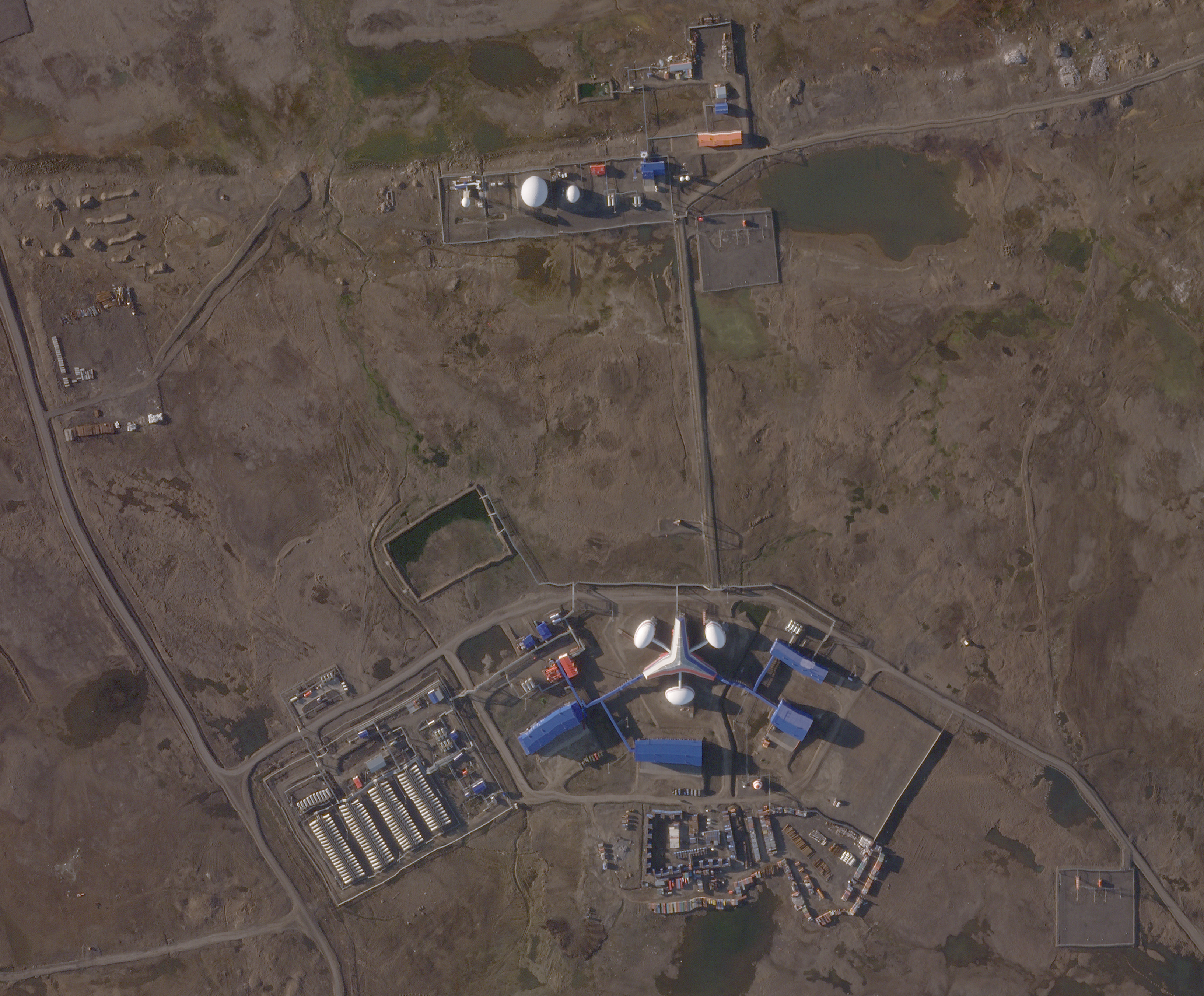
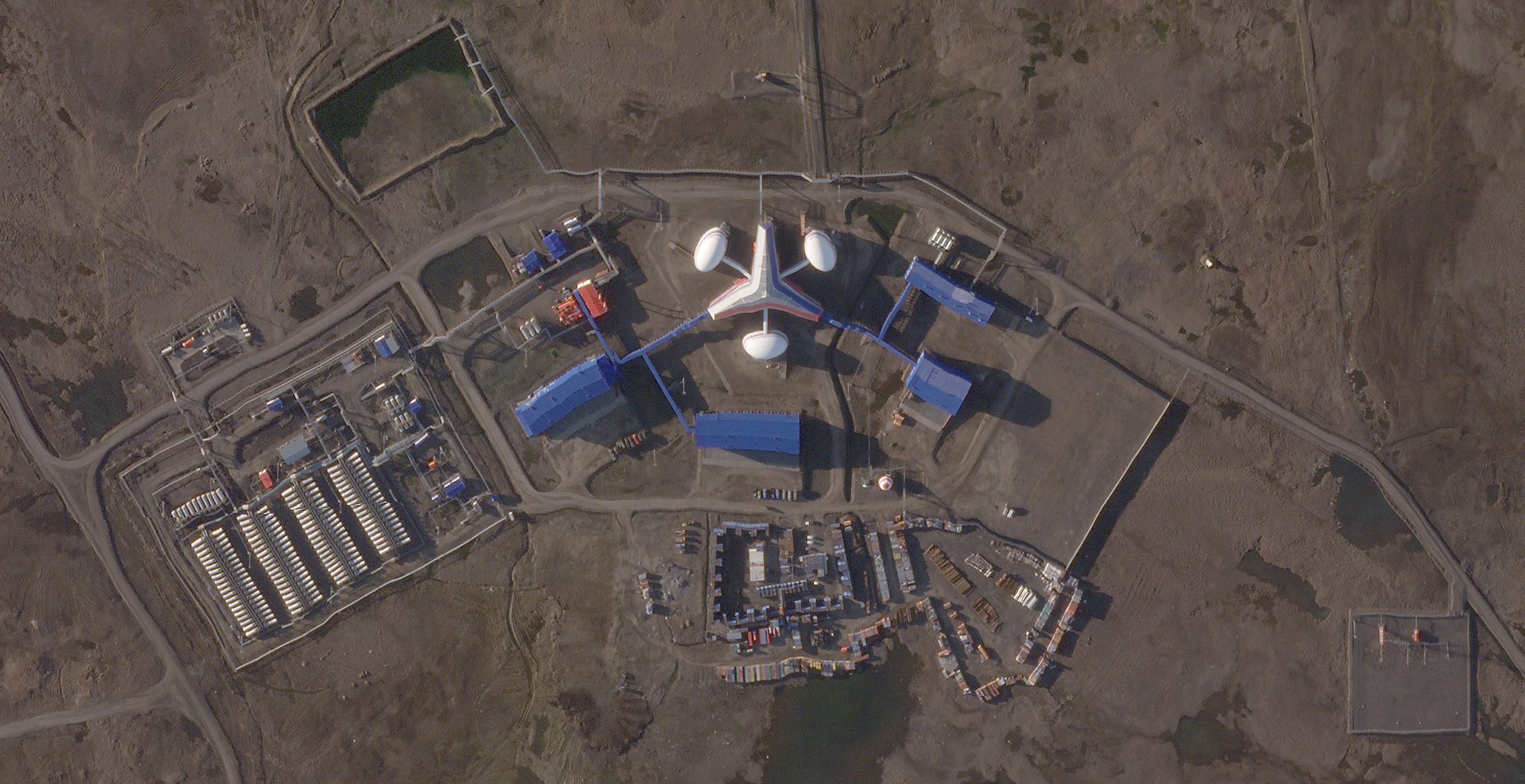

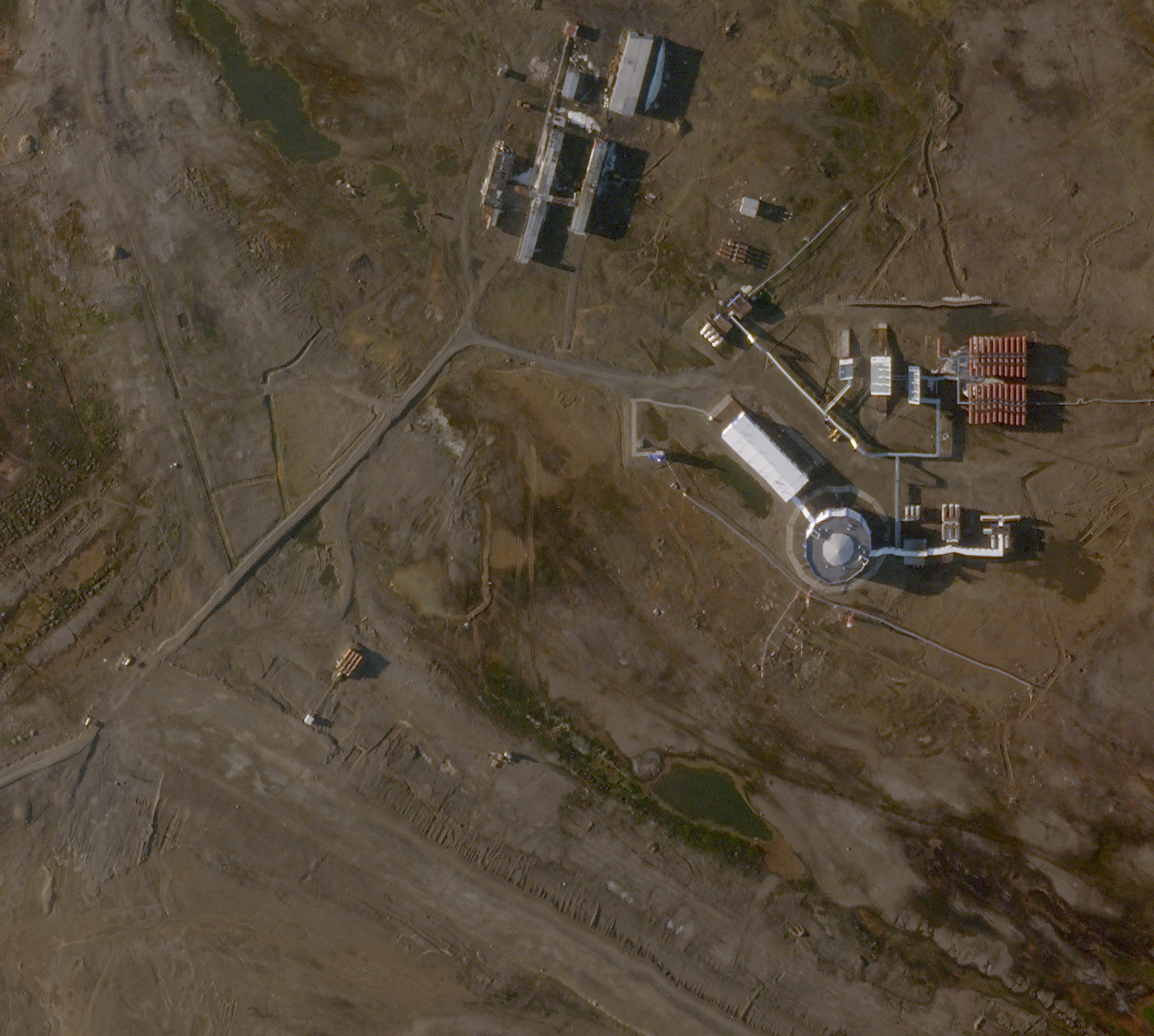
Below is the full image, although downsized. You can check out the full-resolution version of the image here.

The work being done represents a major expansion of the strategic airfield, which sits on an island called Alexandra Land in the Franz Josef archipelago, since Russia first announced plans to establish it in 2016. At that time, a separate dirt strip located to the east at the original base, which then became a snow-covered runway in the winter months, measuring just over 5,575 feet long, was the only means of supporting air operations there.
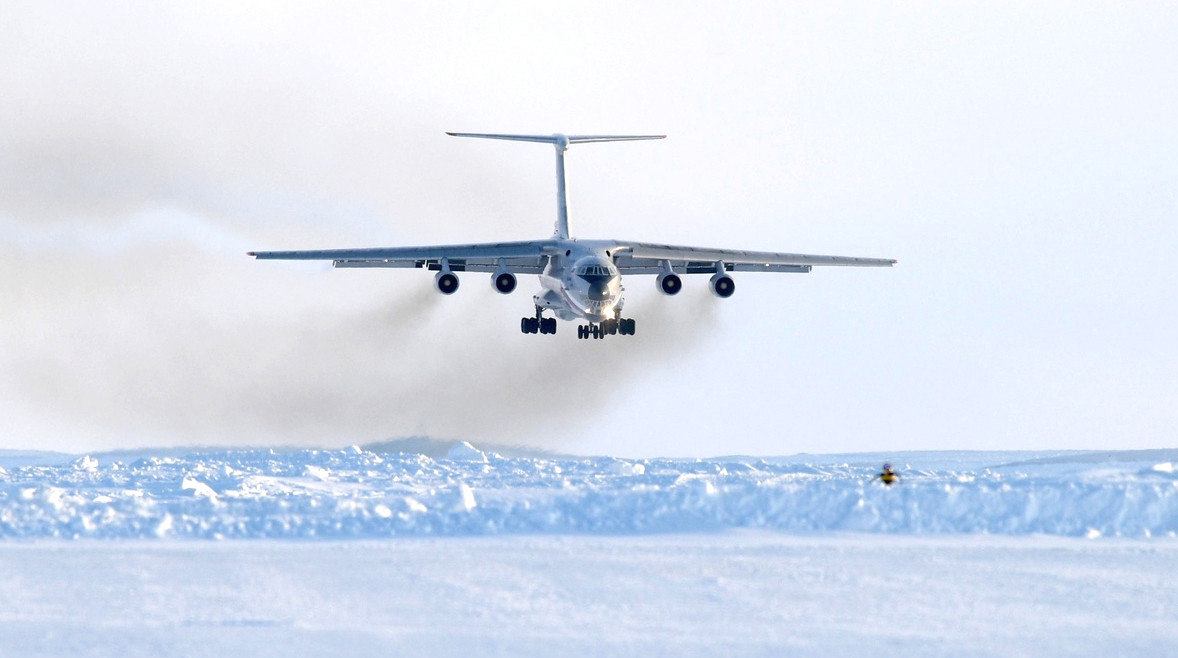
Russia began paving the new air base’s runway, as well as an apron, in 2018. In April 2020, a press release from the Russian Navy’s Northern Fleet declared that the completed facility was capable of regular operations throughout the year.
That announcement was already a major development, regardless of Nagurskoye Air Base’s size. Since around 2014, Russia has embarked on a campaign to steadily expand its physical presence in the Arctic, including the construction of new airfields, as well as the refurbishment of existing sites. As it stands now, there are a number of operating locations in the country’s frigid northern regions. However, a significant number of these sites are little more than seasonal ice runways, which do not allow for year-round operations, and therefore offer much more limited benefits for the Russian military. The risk of extremely poor weather remains a major hazard to aerial activity in the region, in general. In fact, just getting a satellite image of the base is extremely rare, with cloud cover being present consistently throughout the year.
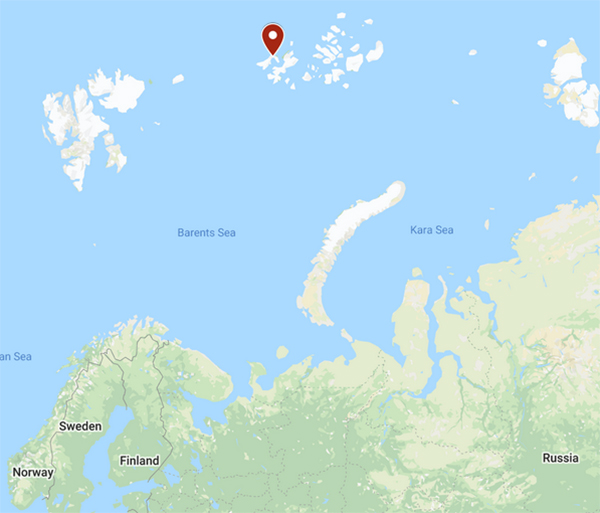
The increasingly robust air base at Nagurskoye raises the possibility that combat aircraft will actually be permanently, or at least rotationally stationed there sometime in the near term. As far back as 2016, the Russian Ministry of Defense had publicly laid out plans to build special heated hangars there to house MiG-31 Foxhound interceptors or Su-34 Fullback combat jets, as well as Il-78 aerial refueling tankers. There have been continued reports since then that a unit of MiG-31s could eventually take up station at the Arctic air base.

Il-76 Candid airlifters already make trips to help bring in supplies, equipment, and personnel to the remote outpost. These flights have supported the continued growth of the Arctic Trefoil, which you can read more about in this past War Zone piece. Construction of much more expansive facilities in recent years has enabled the base to support larger operations, as well as the construction of a radar site to allow personnel to better monitor nearby air and sea activity. Russia has also indicated that it could establish actual air defenses at the site to further protect it.


With its much longer runway, as well as any other improved facilities, Nagurskoye may be more capable of acting at least as a forward staging base for larger aerial assets, such as Tu-95 Bear and Tu-160 Blackjack bombers and Tu-142 Bear and Il-38 maritime patrol aircraft. These aircraft have already been conducting more regular flights in the Arctic from bases on mainland Russia, presenting numerous challenges to potential opponents, especially with regards to foreign submarine operations, which have long used the remote, often ice-covered waters to help evade detection while conducting various activities.
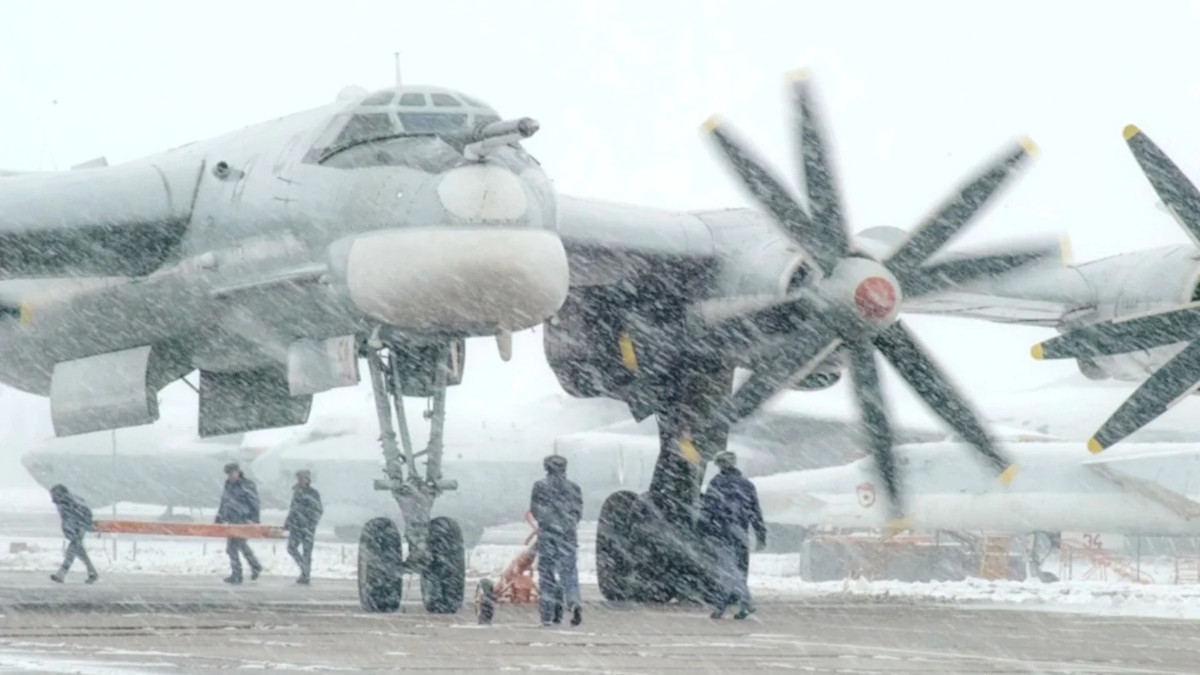
Russia’s entire Arctic push has been driven in no small part by receding polar ice, a product of global climate change, allowing Russian military forces and commercial interests, as well as those from other countries, to operate more regularly in the region. This has notably included increased commercial shipping activity through Arctic waters during periods of the year when those routes had previously been impassable, or at least required the use of ships with ice-capable hulls or escorting icebreakers. There is also now new potential for the exploitation of various natural resources in the region, ranging from oil to fish. All of this has, in turn, increased the potential for both competition and conflict.
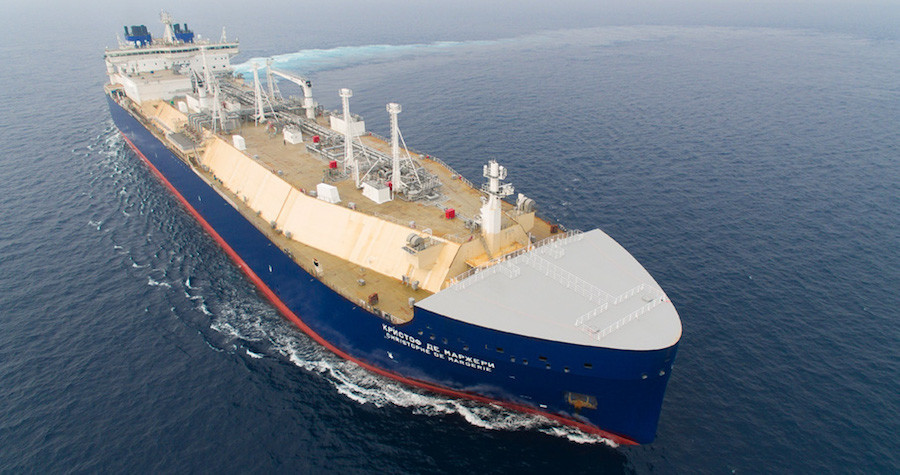
Even just using Nagurskoye as a base for interceptors and strike aircraft would mean that Russia has the only tactical air combat capabilities permanently stationed in the entire region. A mix of interceptors and maritime strike fighters, as well as airborne early warning and maritime patrol aircraft, would give Russia the ability to reach out from its most northerly base and control the skies and seas over long distances around it. This, together with any future ground-based defenses, would give the Kremlin an anti-access/area-denial upper-hand in what could very well become one of the most hotly contested areas of the planet, but one that is also incredibly inhospitable and would present significant operational challenges for opponents without a similarly well-established physical presence in the region.
All told, whatever the exact force posture at the base turns out to be in the coming months, the newly extended runway at Nagurskoye, as well as the base itself and the nearby Arctic Trefoil, certainly reflects the Kremlin’s extreme interest in the Arctic that has been backed by a growing military presence there.
Contact the authors: joe@thedrive.com and Tyler@thedrive.com
